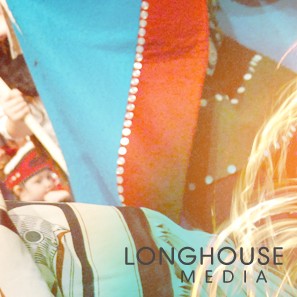My final weblog post provides an example of an Indigenous community representing themselves through the use of digital storytelling.
The Georgina Island Storytelling Project is a project of the Chippewas of Georgina Island in Ontario. The site hosts a collection of existing stories and invites the contribution of new stories. The stories cover the history of the community beginning in the 1800s up to the present day. Viewers may search for stories based on a variety of topics such as commerce, island life, health, and governance and administration. The site itself also includes links to information regarding services in the community.
The combination of all of these stories provides a very vivid idea of each contributor’s personal story, and also of their sense of themselves in the larger community. As a living project, the site also provides guidance and options for those who wish to share their own stories and add to the expressions of the heritage and identity of their people.

